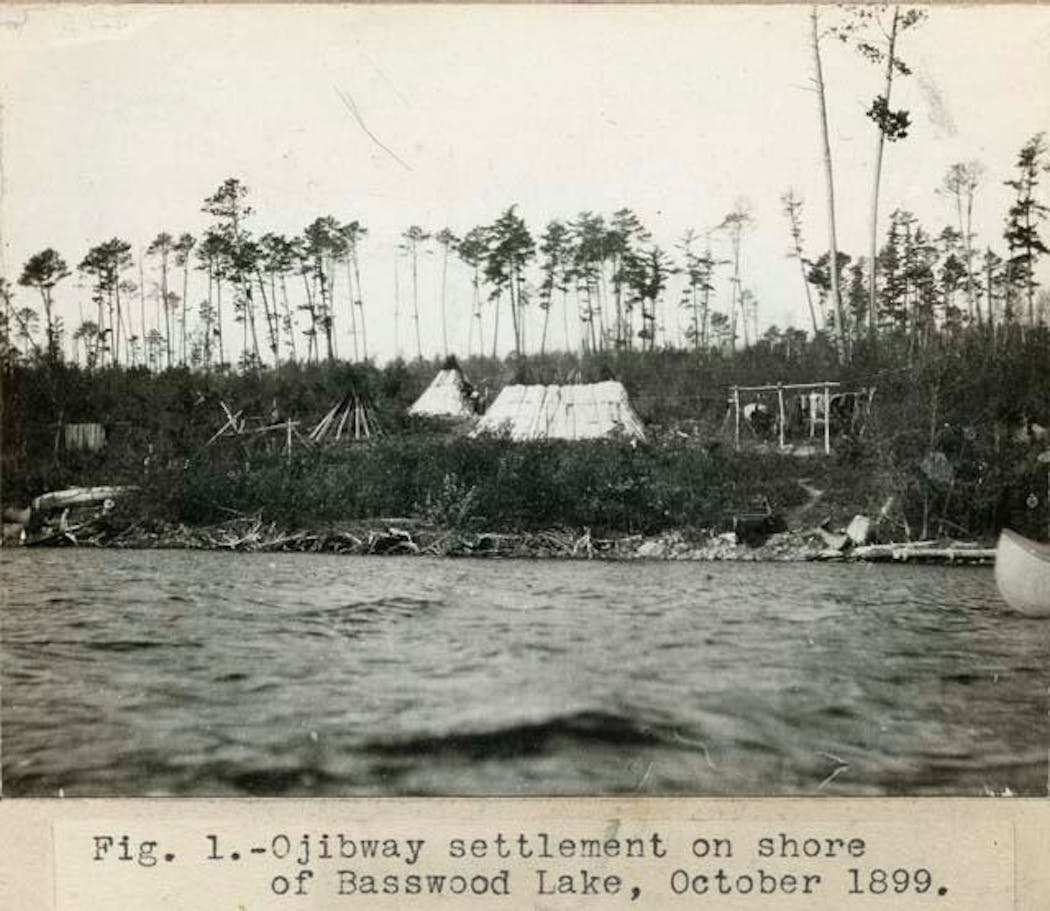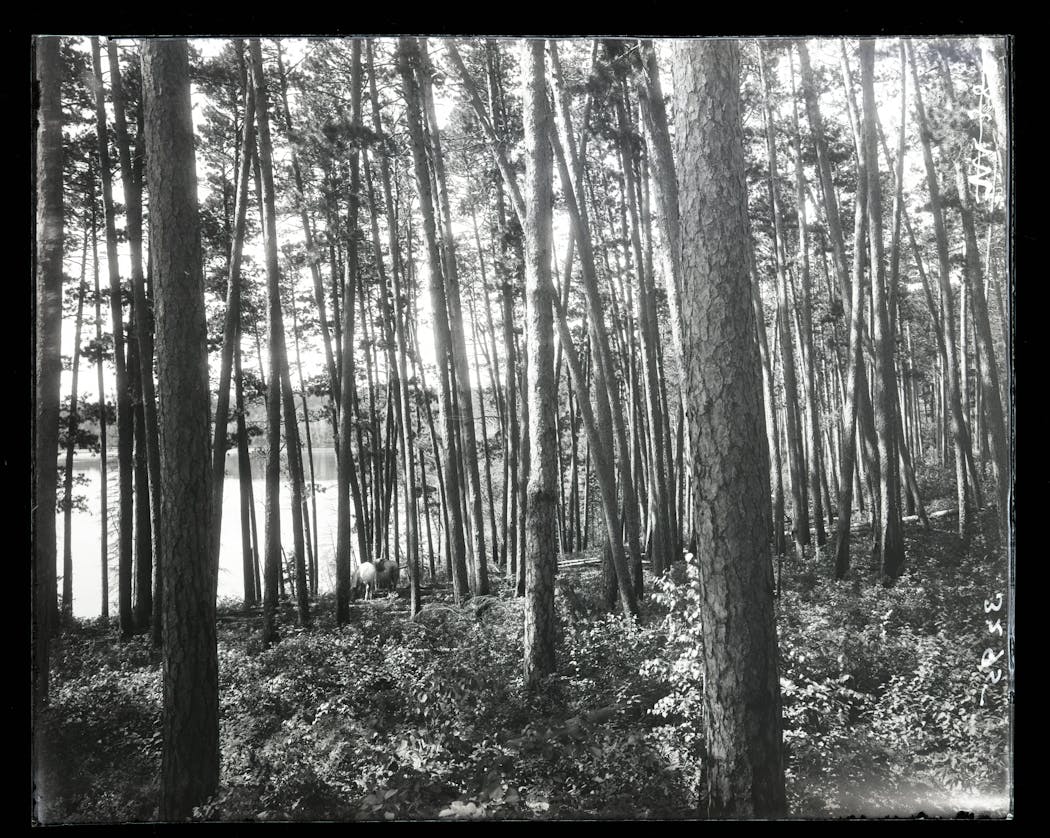CLOQUET, MINN. – Driving into the University of Minnesota's Cloquet Forestry Center on the outskirts of this town can seem like entering a summer camp.
Unassuming frame and log buildings bear the hues of the tall pines that surround the structures, and the center's staff and students exude the relaxed appearance of counselors, dressed as they often are in jeans and hiking boots.
Yet since 1909, serious work has been undertaken here, much of it out of sight from the public.
Encompassing more than 3,000 contiguous acres of wooded land, all of it on the Fond du Lac Reservation, the Cloquet Forestry Center is a living laboratory that provides scientists, students, timber producers and forest managers a place to more fully understand the complexities of forests and forest management.
Complexities that are becoming more so each year given the effects on these ecosystems of a warming planet.
Though not the center's dominant field of study, fire as a forest management tool is finding greater interest among its scientists, including Lane Johnson, whose research, with colleagues, of Indigenous people's use of fire in what is now the Boundary Waters Canoe Area Wilderness (BWCA) is groundbreaking.
"Today, across the larger scope of our activities at the center, fire as a management tool represents about 10% of what we research,'' Johnson said. "But the relatively small amount of work we've done with fire has had a disproportionately large impact and is gaining interest.''
The use of fire as a forest management tool dates nearly to the dawn of civilization. Lacking implements or tools to clear homesites, for example, Indigenous people used fire to achieve these and many other ends.
Johnson's interest in fire in Minnesota's North Woods was sparked in college and intensified in graduate school. While working for the U.S. Forest Service, he paddled the BWCA for months to inventory sites where Indigenous people lived and traveled.
"What I learned, and what others have researched as well,'' Johnson said, "was that the BWCA never was a 'wilderness' devoid of people in the way it's commonly considered today. Rather, it was a cultural mosaic. And the use of intentional fires set by Indigenous people who lived there, together with natural fires started by lightning, are what shaped the BWCA that Minnesotans found a century ago and attempted to 'preserve' — though not, ironically, by the historical means that produced the boundary waters in the first place.''
Ramifications of the disconnect between ancient human uses of fire and the fire exclusion and suppression practices that began almost universally throughout North America around 1900 can't be overstated, especially on fire-dependent trees such as red and white pines.
Forests' carbon-capturing capabilities also have been reduced, and soil health, plant diversity and wildlife habitat have been changed, often not for the better.
Perhaps most noticeably, modern forest understories customarily are thick and often nearly impassable, whereas in centuries past, due to frequent low-intensity fires, forest floors were more commonly clear.
Also, excluding and suppressing fires on the landscape has increased the likelihood of massive forest fires like those that have raged this summer across North America.
"Throughout northern Minnesota, including in the boundary waters, human practices affecting our forests changed beginning about 1900,'' Johnson said. "That's when we began excluding fire from the landscape and suppressing fires that arose.
"It's also when Native Americans who routinely used fire to clear living sites, cut down on insects, grow berries and reduce the likelihood of life-threatening forest fires were removed to reservations, generally ending their use of fire, too.''
Clambering into a pickup with Johnson, I began a tour of various forestry center sites, some of which have been burned relatively recently while others haven't seen fire for decades.
At the first site, flush with red pines, Johnson showed me a photograph dating to early last century of picnickers, replete with tables and chairs, gathered on the very location he was standing — a spot that today, with its tangled undergrowth, would be inhospitable to partygoers of any stripe.
"Because today most people travel by car rather than by foot, they often don't recognize changes that have occurred, and are still occurring, to the state's northern forests,'' Johnson said. "These types of landscape changes might not have an immediate impact on people's quality of life. But they do affect fire-dependent flora and fauna.''
At our next stop, Johnson showed me 20 acres of mature pines whose understory was cleared by a controlled burn. Next to it was a parcel the same size that wasn't burned.
"Fires similar to the one we did on the controlled-burn 20 acres were part of the cultures of Indigenous people,'' Johnson said. "In some instances, these fires created and maintained barrens, savannas and woodlands that hosted a diversity of birds and other wildlife.''
Fire as a forest management tool hasn't gained a lot of interest in the Great Lakes region. But it's commonly used in the southeast U.S., the Great Plains and the West, Johnson said.
"Reducing forest fuels while also producing habitat or preparing lands for farming or ranching are generally the reasons,'' he said.
Recently, the Forest Service initiated a national program, including in the Superior National Forest, to share forest stewardship with tribal governments, an action that likely will spur more use of fire.
Minnesota lands, particularly in the BWCA, could benefit from more intentional fire use, Johnson said, but leadership here on the idea has been lacking, in part because fire suppression is by now a more than 100-year tradition in the state.
"We've been turning off the flow of fire in northern Minnesota for over a century,'' Johnson said. "Eventually, the forest will seek to rebalance itself.
"In the meantime, we're kicking the can down the road.''

Anderson: Building a new Waterville fish hatchery will help shorten the time between bites

Anderson: Trailblazing sonar will be in thousands of boats for opener

Anderson: Celebrate Earth Day by rekindling real connection to nature
Anderson: Anglers protesting tough new Mille Lacs rules are wrong





